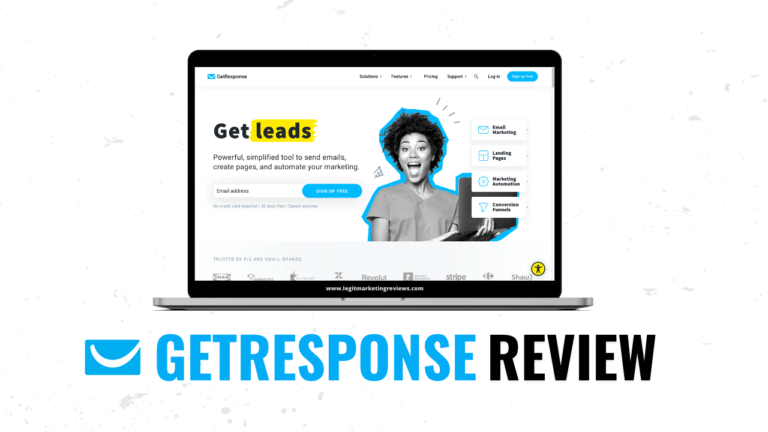ChatGPT, developed by OpenAI, represents a significant leap in artificial intelligence technology, particularly in the field of natural language processing. This headline underscores the transformative impact ChatGPT has had on how humans interact with computers. Unlike traditional computer programs, ChatGPT can understand and generate human-like text, making conversations with machines more intuitive and seamless. This revolution in human-computer interaction is not only enhancing everyday communication but also paving the way for innovative applications across various industries, including customer service, education, healthcare, and content creation. By exploring ChatGPT, we delve into the core of this technological marvel, its applications, and the broader implications for our digital future.
How OpenAI’s Language Model is Transforming Communication, Automation, and Beyond
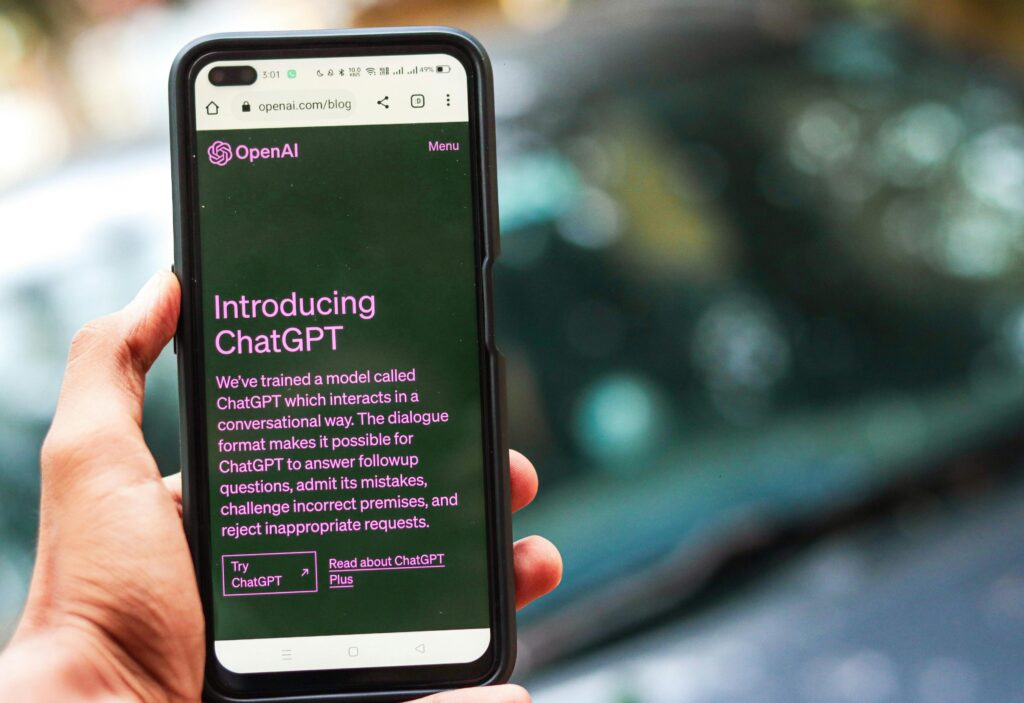
ChatGPT, an advanced language model developed by OpenAI, is revolutionizing the way we communicate and automate tasks. By leveraging deep learning techniques, ChatGPT can understand and generate human-like text based on the input it receives. This capability enables it to engage in coherent and contextually relevant conversations, making it a powerful tool for various applications.
In the realm of communication, ChatGPT enhances customer support by providing instant, accurate responses to inquiries, thereby improving user experience and reducing wait times. It also aids in content creation, helping writers generate ideas, draft articles, or even write entire pieces, thus streamlining the creative process.
Automation is another area where ChatGPT excels. It can handle repetitive tasks such as scheduling appointments, managing emails, and conducting preliminary research, freeing up human resources for more complex and strategic activities. Its ability to understand natural language also means it can integrate seamlessly with other AI-driven tools and systems, creating more efficient workflows.
Beyond these practical applications, ChatGPT is influencing education by offering personalized tutoring and answering questions in real-time, making learning more interactive and accessible. In healthcare, it assists in managing patient inquiries and providing information about symptoms and treatments, enhancing the overall patient experience.
Overall, ChatGPT’s advanced language capabilities are not just transforming communication and automation; they are also opening up new possibilities across various fields, showcasing the vast potential of AI in enhancing our daily lives and professional environments.
The Inner Workings of ChatGPT: Understanding Its Advanced Capabilities
ChatGPT is built on the GPT (Generative Pre-trained Transformer) architecture, a state-of-the-art neural network designed for natural language processing tasks. To appreciate its advanced capabilities, it’s essential to delve into the mechanics of how ChatGPT functions.
At its core, ChatGPT uses a deep learning model that has been trained on vast amounts of text data from diverse sources. This training allows it to understand language patterns, context, and nuances. The model operates by predicting the next word in a sequence based on the words that preceded it, enabling it to generate coherent and contextually appropriate responses.
The “transformer” architecture is pivotal to ChatGPT’s functionality. It consists of layers of attention mechanisms that help the model focus on different parts of the input text. This attention mechanism allows ChatGPT to weigh the importance of each word in the context of a sentence or conversation, leading to more accurate and relevant outputs.
Additionally, ChatGPT is fine-tuned through supervised learning and reinforcement learning techniques. In supervised learning, the model is trained on a dataset where the correct responses are provided. In reinforcement learning, it is further refined by interacting with users and receiving feedback, which helps improve its performance over time.
Another advanced capability of ChatGPT is its ability to handle diverse topics and generate text that ranges from technical explanations to casual conversation. This versatility is a result of extensive training on a broad corpus of text, enabling it to adapt to various contexts and user needs.
Furthermore, ChatGPT can perform tasks such as summarization, translation, and sentiment analysis, showcasing its multifunctional potential. Its continuous learning approach means it can stay up-to-date with new information and trends, enhancing its relevance and accuracy.
Understanding these inner workings highlights the sophisticated technology behind ChatGPT, explaining how it achieves such a high level of performance in generating human-like text and interacting naturally with users across different scenarios.
Practical Applications: From Customer Support to Creative Writing
ChatGPT’s versatility allows it to be employed in a wide range of practical applications, significantly enhancing various industries and everyday tasks. Here are some key areas where ChatGPT is making a substantial impact:
Customer Support
One of the most prominent applications of ChatGPT is in customer support. Businesses use it to provide instant, accurate, and consistent responses to customer inquiries, available 24/7. This helps in reducing wait times and improving customer satisfaction. By handling routine questions and tasks, ChatGPT frees up human agents to deal with more complex issues, thereby optimizing the efficiency of support teams.
Content Creation
In the realm of content creation, ChatGPT is a valuable tool for writers, marketers, and educators. It assists in generating ideas, drafting articles, and even writing complete pieces of content. This can be especially useful for creating blog posts, social media content, product descriptions, and marketing copy. By automating parts of the writing process, ChatGPT allows creators to focus on refining their work and adding personal touches.
Personal Assistants
ChatGPT can act as a virtual personal assistant, helping users manage schedules, set reminders, and organize tasks. It can also assist in drafting emails, creating to-do lists, and providing information on various topics. This application enhances productivity by streamlining daily activities and ensuring important tasks are not overlooked.
Education and Tutoring
In education, ChatGPT serves as an interactive tutor, answering students’ questions, explaining complex concepts, and providing personalized learning experiences. It can offer help with homework, practice exercises, and study tips, making learning more accessible and engaging. Educators can also use it to create educational materials and develop curriculum content.
Healthcare
In healthcare, ChatGPT is utilized to manage patient inquiries, provide information about symptoms and treatments, and offer preliminary medical advice. While it cannot replace professional medical consultation, it serves as a useful tool for basic health information and administrative assistance, thereby improving the efficiency of healthcare services.
Research and Development
For researchers, ChatGPT can assist in gathering information, summarizing research papers, and generating reports. It can also help in brainstorming new ideas and exploring different hypotheses, thus supporting the research and development process.
These practical applications highlight ChatGPT’s ability to enhance efficiency, creativity, and user experience across various domains. By automating routine tasks and providing intelligent assistance, ChatGPT is not only improving existing workflows but also opening up new possibilities for innovation and productivity.
The Evolution of ChatGPT: Milestones and Future Prospects
ChatGPT’s journey from its initial development to its current state of sophistication is marked by significant milestones and continuous advancements. Understanding its evolution provides insights into how this powerful AI tool has developed and what the future holds for its capabilities and applications.
Early Development and GPT Models
The foundation of ChatGPT lies in the development of the Generative Pre-trained Transformer (GPT) models by OpenAI. The first version, GPT, introduced a novel approach to natural language processing by using a transformer architecture, which allowed the model to understand and generate text more effectively than previous models. This was followed by GPT-2, which significantly improved on its predecessor by increasing the model size and training data, resulting in more coherent and contextually relevant text generation.
Breakthrough with GPT-3
The release of GPT-3 marked a major milestone in the evolution of ChatGPT. With 175 billion parameters, GPT-3 demonstrated an unprecedented ability to understand and generate human-like text, handling a wide range of tasks from simple queries to complex compositions. This breakthrough highlighted the potential of large-scale models in advancing natural language understanding and generation, making GPT-3 a cornerstone of ChatGPT’s capabilities.
Fine-Tuning and User Feedback
An essential aspect of ChatGPT’s evolution has been the fine-tuning process. By incorporating supervised learning and reinforcement learning from human feedback, OpenAI has continuously improved the model’s performance. This iterative process involves training the model on diverse datasets and refining it based on real-world interactions, allowing ChatGPT to become more accurate, reliable, and contextually aware.
Expansion of Applications
As ChatGPT evolved, its applications expanded across various domains. From customer service to creative writing, education, healthcare, and personal assistance, the versatility of ChatGPT showcased its potential to transform numerous fields. This expansion underscores the model’s adaptability and the wide-ranging impact it can have on improving efficiency and user experience.
Future Prospects
Looking ahead, the future prospects for ChatGPT are promising. OpenAI aims to enhance the model’s capabilities by increasing its understanding of complex instructions, improving contextual awareness, and reducing biases. Future iterations are expected to be more interactive and responsive, with better integration into different platforms and systems. Additionally, ongoing research focuses on making ChatGPT more robust and secure, addressing ethical considerations, and ensuring responsible AI deployment.
Furthermore, advancements in related technologies, such as multi-modal models that can understand and generate text, images, and other forms of data, are likely to expand the horizons of what ChatGPT can achieve. This ongoing evolution points towards a future where ChatGPT and similar AI technologies become even more integral to our daily lives, driving innovation and enhancing human-computer interaction.
The evolution of ChatGPT reflects the rapid progress in AI technology and its growing impact on various sectors. By building on past milestones and focusing on future improvements, ChatGPT is poised to continue its trajectory of transforming how we interact with and benefit from AI.
Ethical Considerations: Navigating the Challenges of AI-Powered Conversations
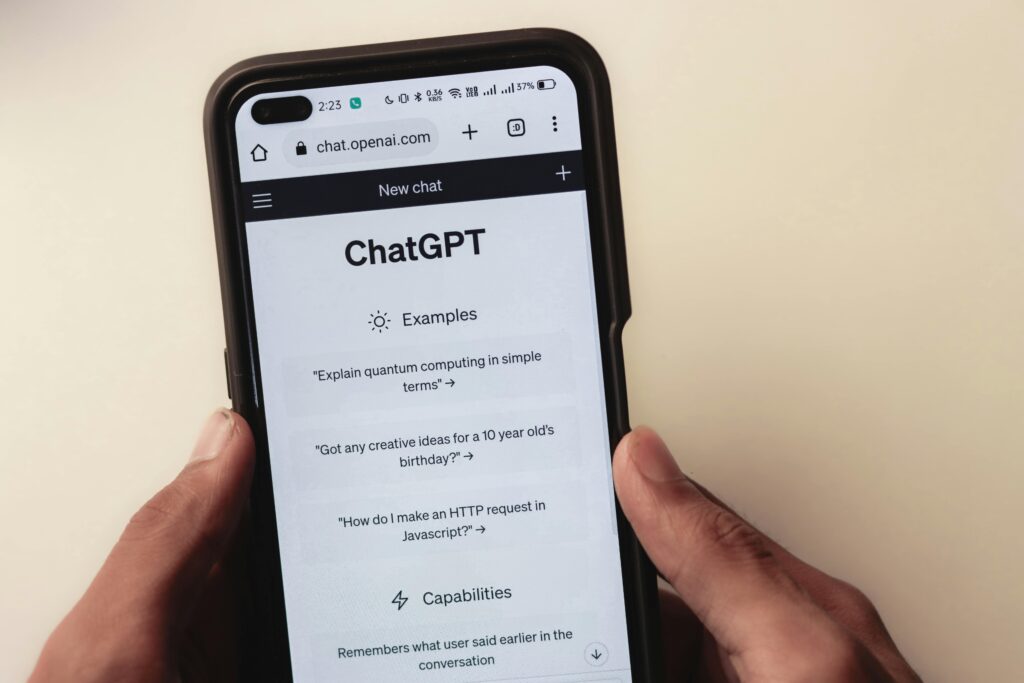
As ChatGPT and similar AI technologies become increasingly integrated into various aspects of our lives, it is crucial to address the ethical considerations that come with their use. These concerns encompass a range of issues, from privacy and security to bias and the broader societal impact of AI.
Privacy and Data Security
One of the primary ethical concerns with AI-powered conversations is the handling of user data. ChatGPT processes large amounts of text data, which often includes sensitive and personal information. Ensuring the privacy and security of this data is paramount. Developers and companies must implement robust data protection measures to prevent unauthorized access and misuse of information. Transparency about data usage and storage practices is also essential to build trust with users.
Bias and Fairness
AI models like ChatGPT are trained on vast datasets that may contain biases present in the source material. As a result, the model can inadvertently perpetuate or amplify these biases, leading to unfair or discriminatory outcomes. Addressing bias involves both improving the training data to be more representative and developing techniques to detect and mitigate bias in the model’s outputs. Continuous monitoring and updating of the model are necessary to ensure fairness and equity in AI-powered interactions.
Misinformation and Reliability
The potential for AI models to generate misinformation is another significant ethical issue. ChatGPT can produce text that is factually incorrect or misleading, which can have serious consequences, especially in contexts like healthcare, legal advice, or news dissemination. Developers must work on improving the model’s accuracy and reliability, and users should be informed about the limitations of AI-generated content. Implementing verification mechanisms and encouraging critical evaluation of AI outputs are steps toward mitigating the spread of misinformation.
Accountability and Transparency
Determining accountability for the actions and decisions made by AI systems is a complex ethical challenge. It is important to establish clear guidelines on who is responsible when AI models like ChatGPT are used in decision-making processes. Transparency in how these models are trained, deployed, and operated is crucial to ensure accountability. OpenAI and other developers need to provide clear documentation and disclosures about the capabilities and limitations of their models.
Societal Impact and Job Displacement
The widespread adoption of AI technologies can have significant societal impacts, including potential job displacement in industries where automation is feasible. While AI can enhance productivity and create new opportunities, it also poses a risk to employment for certain roles. Addressing this involves creating policies and programs for workforce retraining and supporting transitions to new types of employment. Balancing the benefits of AI with its impact on the labor market is essential for sustainable development.
Ethical AI Development
Developing AI ethically involves adhering to principles such as beneficence, non-maleficence, autonomy, and justice. This includes designing AI systems that promote well-being, avoid harm, respect user autonomy, and ensure equitable access and benefits. Collaboration between technologists, ethicists, policymakers, and the public is necessary to develop and enforce ethical standards in AI development and deployment.
In summary, navigating the ethical challenges of AI-powered conversations with ChatGPT requires a multifaceted approach. By addressing privacy concerns, mitigating bias, ensuring reliability, maintaining accountability, considering societal impacts, and adhering to ethical principles, we can harness the benefits of AI while minimizing its risks. This responsible approach is key to building a future where AI technologies are trusted, equitable, and beneficial for all.
The Future of ChatGPT: Advancements and Innovations on the Horizon
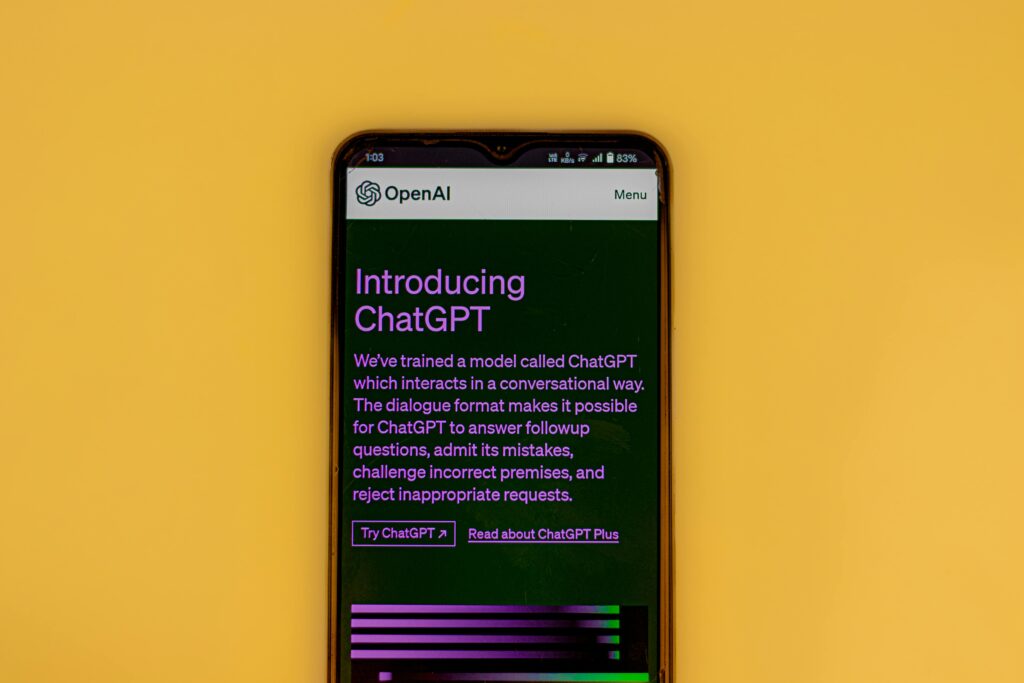
The future of ChatGPT is filled with exciting advancements and innovations that promise to further enhance its capabilities and broaden its applications. As artificial intelligence technology continues to evolve, ChatGPT is poised to integrate more deeply into various facets of our lives, bringing about significant improvements and new possibilities.
Enhanced Understanding and Contextual Awareness
Future iterations of ChatGPT are expected to have a more profound understanding of context and user intent. This means the AI will be better at following long and complex conversations, remembering past interactions, and providing more relevant and accurate responses. Improved contextual awareness will make interactions with ChatGPT feel even more natural and intuitive.
Multimodal Capabilities
Currently, ChatGPT primarily processes and generates text, but the future will likely see the integration of multimodal capabilities. This means ChatGPT could handle not just text, but also images, audio, and video, enabling it to understand and generate content across different media. This development would open up new avenues for applications, such as more interactive educational tools, comprehensive virtual assistants, and advanced content creation platforms.
Real-Time Language Translation
As the model improves, real-time language translation is a promising area for ChatGPT. Enhanced language capabilities would allow for seamless communication across different languages, breaking down language barriers and facilitating global interactions. This could revolutionize fields such as international business, travel, and multicultural collaboration.
Personalization and Customization
Future versions of ChatGPT will likely offer greater personalization and customization options. Users could have personalized AI assistants that adapt to their preferences, communication styles, and specific needs. Customization could extend to various industries, with businesses tailoring ChatGPT to align with their brand voice and customer interaction strategies.
Improved Safety and Ethical Standards
Ongoing research and development will focus on enhancing the safety and ethical standards of ChatGPT. This includes better mechanisms for detecting and mitigating harmful content, reducing biases, and ensuring responsible usage. OpenAI and other developers are committed to making AI systems that are not only powerful but also ethical and aligned with human values.
Integration with Emerging Technologies
ChatGPT will likely see deeper integration with emerging technologies such as the Internet of Things (IoT), augmented reality (AR), and virtual reality (VR). These integrations can create immersive and interactive experiences, such as virtual environments where users can converse with AI in real-time, or smart home systems that understand and respond to complex voice commands.
Collaborative AI Systems
The future may also bring collaborative AI systems, where ChatGPT works alongside other AI tools and systems to provide comprehensive solutions. For instance, in a healthcare setting, ChatGPT could collaborate with diagnostic AI tools to assist doctors in making informed decisions, or in a business context, it could work with analytics AI to provide data-driven insights and recommendations.
Expanding Educational and Training Applications
The potential for ChatGPT in education and training is vast. Future advancements could see AI-driven personalized learning experiences, where ChatGPT adapts to individual learning styles and paces, providing targeted support and resources. This could transform traditional education and professional training, making them more accessible and effective.
Continuous Learning and Adaptation
Lastly, ChatGPT will benefit from continuous learning and adaptation. With ongoing updates and improvements, the model will stay current with new information, trends, and user needs. This dynamic learning capability ensures that ChatGPT remains a relevant and valuable tool in an ever-changing world.
In conclusion, the future of ChatGPT is bright with advancements that promise to enhance its functionality, accessibility, and ethical standards. By integrating more sophisticated understanding, multimodal capabilities, real-time translation, personalization, and collaboration with other technologies, ChatGPT is set to revolutionize the way we interact with AI and leverage its potential across various domains.
7 subheading explain
The Impact of ChatGPT on Language and Communication
ChatGPT’s influence on language and communication extends far beyond its immediate applications. Here are seven ways in which ChatGPT is shaping the landscape of human interaction:
Language Evolution and Adaptation
As users engage with ChatGPT and other AI language models, they contribute to a collective evolution of language. New phrases, slang terms, and linguistic patterns emerge through interactions with these models, reflecting evolving communication norms and cultural shifts.
Accessibility and Inclusivity
ChatGPT’s ability to understand and generate text in multiple languages enhances accessibility and inclusivity by breaking down language barriers. Users from diverse linguistic backgrounds can communicate more effectively and participate in online discussions without the need for translation services.
Redefining Writing and Creativity
ChatGPT’s assistance in content creation blurs the lines between human and machine-generated writing. Writers and creators collaborate with AI to brainstorm ideas, overcome writer’s block, and explore new creative avenues, challenging traditional notions of authorship and creativity.
Augmenting Human Intelligence
By providing instant access to vast amounts of information and generating insightful responses, ChatGPT augments human intelligence. Users leverage its capabilities for research, problem-solving, and decision-making, enhancing productivity and expanding intellectual horizons.
Facilitating Learning and Education
ChatGPT serves as a valuable educational tool, providing personalized tutoring, explanations, and learning resources. Students interact with AI tutors to reinforce concepts, practice skills, and receive feedback, supplementing traditional educational methods and fostering lifelong learning.
Fostering Human-Machine Collaboration
As ChatGPT becomes more integrated into workflows and systems, it fosters collaboration between humans and machines. In fields such as customer service, healthcare, and content creation, AI augments human capabilities, streamlining processes and improving outcomes through synergistic interactions.
Ethical Considerations and Digital Citizenship
The proliferation of AI language models like ChatGPT raises ethical considerations regarding digital citizenship, online behavior, and responsible use of technology. Users must navigate issues such as misinformation, privacy, and bias, fostering critical thinking and ethical decision-making in digital environments.
In summary, ChatGPT’s impact on language and communication extends beyond its technical capabilities, shaping linguistic trends, facilitating cross-cultural exchange, and challenging conventional modes of expression. As society continues to embrace AI technologies, understanding and navigating their influence on language and communication are essential for fostering informed and ethical interactions in the digital age.
In conclusion, ChatGPT represents a significant milestone in artificial intelligence, revolutionizing human-computer interaction, language processing, and communication in diverse domains. From its inception to its current state and future prospects, ChatGPT has continually pushed the boundaries of what AI can achieve, transforming the way we communicate, work, learn, and interact with technology.
Conclusion
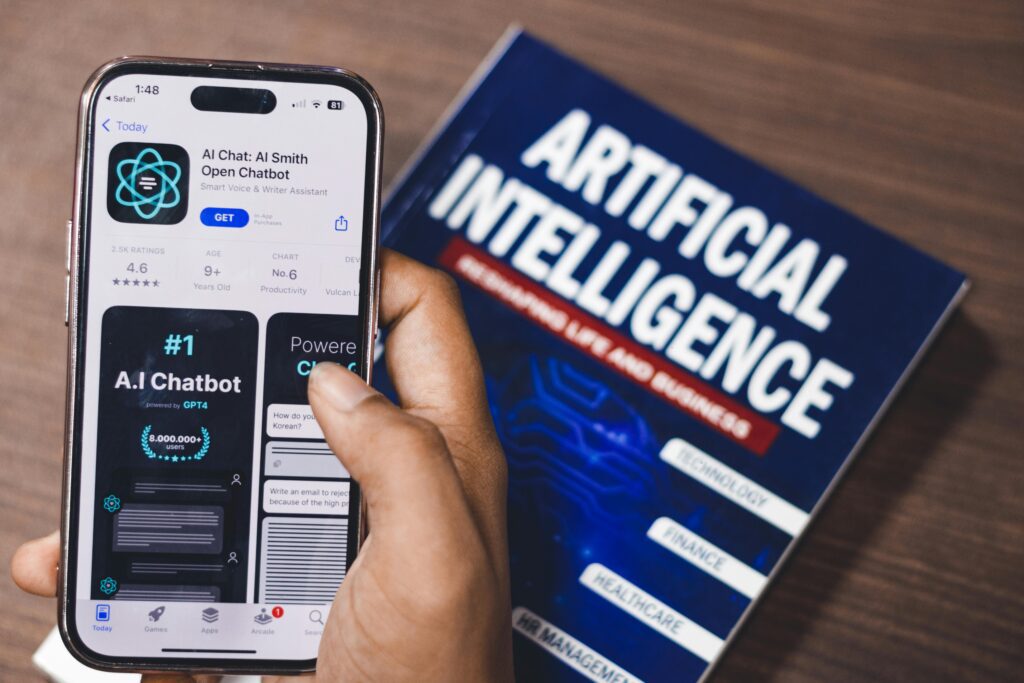
Through its advanced capabilities, ChatGPT has empowered individuals and organizations to streamline processes, enhance productivity, and foster innovation across various industries. Its applications span from customer support and content creation to education, healthcare, and beyond, showcasing its versatility and potential to address a wide range of needs and challenges.
However, alongside its transformative impact, ChatGPT also presents ethical considerations and challenges, including privacy concerns, bias mitigation, and ensuring responsible AI deployment. Addressing these issues is essential to harnessing the full potential of AI technologies like ChatGPT while minimizing risks and ensuring equitable access and benefits for all.
Looking ahead, the future of ChatGPT holds exciting possibilities, with advancements such as enhanced contextual understanding, multimodal capabilities, and personalized experiences on the horizon. As AI continues to evolve, ChatGPT will play a pivotal role in shaping the future of human-machine interaction, language evolution, and digital communication.
Ultimately, the journey of ChatGPT underscores the profound impact of AI on society, highlighting the need for ongoing collaboration, innovation, and ethical stewardship to realize its full potential in advancing human progress and well-being. By embracing these principles and leveraging AI technologies responsibly, we can build a future where ChatGPT and similar AI systems enrich our lives, empower individuals, and contribute to a more inclusive and sustainable world.


